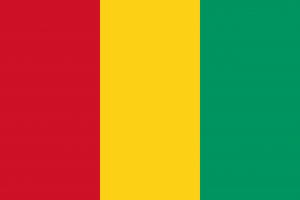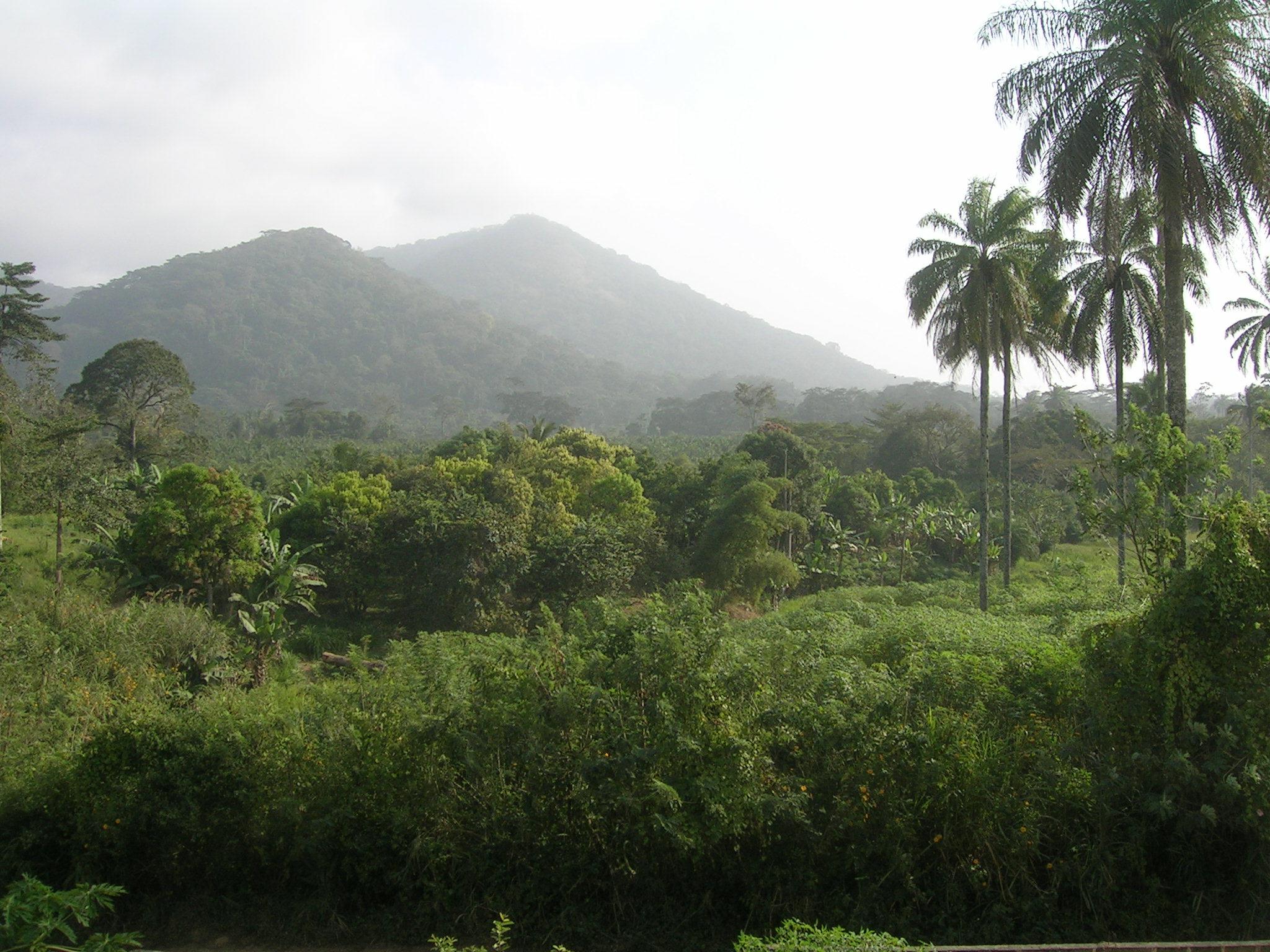Language/Pular/Culture/Guinea-Timeline
Jump to navigation
Jump to search
Rate this lesson:
Historical Timeline for Guinea - A chronology of key events
Guinea Timeline[edit | edit source]
| Around 900 | appearance of the Mandinka population; the Malinkés settled in Upper Guinea and the Soussous in Lower Guinea. |
| From the 10th to the 12th century | Guinea is a vassal of the kingdom of Ghana. |
| From the 13th to the 15th century | Guinea is part of the Mali Empire. |
| End of the 15th century | the first Europeans set up trading posts on the coast. |
| 17th century | arrival of the Peuls in Fouta-Djalon. |
| 1814 | Treaty of Paris and French hegemony over the Southern Rivers. |
| December 1891 | the Southern Rivers become an autonomous colony, French Guinea and dependencies. |
| 1875-1898 | empire of Samory Touré in Upper Guinea. |
| 1895 | Guinea is integrated into the AOF. |
| 1945 | Yacine Diallo is elected to the constituent assembly; birth of the CEO. |
| 1955 | Sékou Touré is elected mayor of Conakry. |
| October 2, 1958 | Sékou Touré becomes the first president of the First Republic. |
| November 22, 1970 | failure of the Portuguese landing. |
| August 27, 1977 | revolt of market women. |
| March 26, 1984 | death of Sékou Touré. |
| April 3, 1984 | birth of the Second Republic; Lansana Conté is the president. The Guinean franc replaces the syli. |
| 2-3 February 1996 | mutiny and failure of the coup attempt. |
| July 1996 | change of government. Sydia Touré becomes Prime Minister. |
| 2-3 February 1997 | attempted coup d'état and bombardment of the Palais des Nations by the military. |
| December 1998 | Lansana Conté is re-elected as President of the Republic for 5 years. His main opponent, Alpha Condé, is arrested. |
| November 11, 2001 | referendum which increases the presidential mandate from 5 to 7 years and abolishes the limitations linked to age or the number of mandates. |
| December 23, 2003 | re-election of President Lansana Conté; the opposition boycotted the ballot. |
| April 5, 2006 | dismissal of Prime Minister Cellou Dalein Diallo for gross negligence. |
| January-February 2007 | popular demonstration which turns into a riot. The army opened fire on the demonstrators and killed around 120 people. |
| February 26, 2007 | appointment of Lansana Kouyaté, Consensus Prime Minister. |
| May 20, 2008 | appointment of Ahmed Tidiane Souaré at the head of an open government. |
| October 2, 2008 | Guinea celebrates its 50 years of independence. Lansana Conté is absent from public ceremonies due to her state of health. |
| December 22, 2008 | death of Lansana Conté. |
| December 23, 2008 | Captain Moussa Dadis Camara proclaims himself Head of State. The putschists, united in a National Committee for Democracy and Development (CNDD), undertake to organize elections at the end of December 2010. |
| September 28, 2009 | massacre following a rally organized in the Conakry stadium, 157 dead. |
| December 3, 2009 | Dadis Camara is injured. |
| January 15, 2010 | The number 2 of the junta, Sékouba Konaté, succeeds Dadis, appoints a transitional government and promises elections soon. He keeps his word and for the first time a presidential election in Guinea takes place without any military candidate. |
| November 2010 | President Alpha Condé is elected for a five-year term. The new Guinean head of state was democratically elected on a program of modernization and progressive reconstruction of Guinea. |
| October 2015 | new presidential elections lead to the re-election of Alpha Condé. |
Source[edit | edit source]
World Timelines[edit source]


